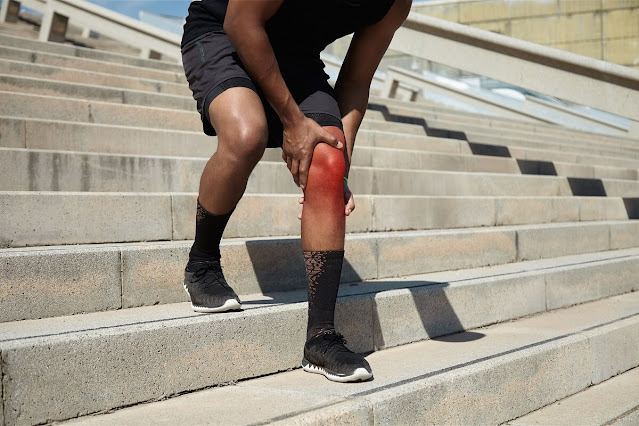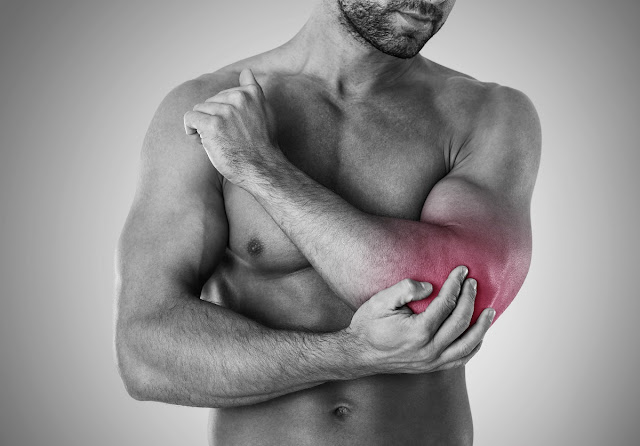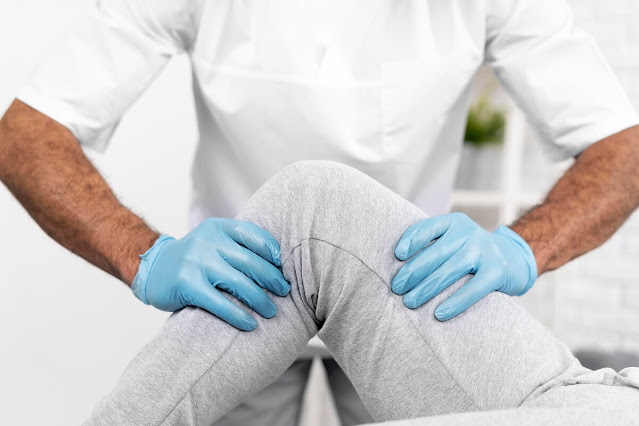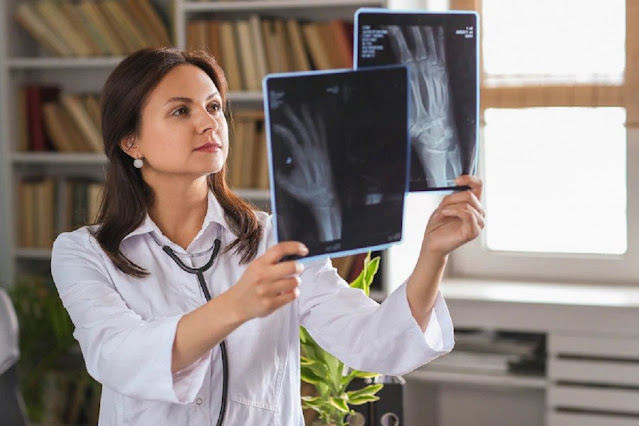Knee Injury: Types & Recovery Steps
Knee injuries are one of the most common injuries in both young athletes and the general population. The knee is a complex joint that is susceptible to a variety of different types of injuries. Depending on the type and severity of the injury, treatment can range from conservative management with rest and ice to surgical intervention.
There are four main types of knee injuries:
1) Sprains: A
sprain is an injury to the ligaments, which are the tissues that connect bones
together. Ligamentous sprains can be classified as either partial or complete
tears. Partial tears involve only a few fibers of the ligament, while complete
tears result in a total rupture of the tissue. The most common type of sprain
occurs at the medial collateral ligament (MCL), which is located on the inside
of the knee.
2) Strains: A
strain is an injury to the muscles or tendons, which are the tissues that
connect muscle to bone. Like sprains, strains can be partial or complete tears.
The most common type of strain occurs at the quadriceps tendon, which attaches
the large quadriceps muscle to the kneecap (patella).
3) Meniscal
Injuries: The menisci are two C-shaped pieces of cartilage that act as shock
absorbers between the thighbone (femur) and shinbone (tibia). There are two
types of meniscal injuries: tears and displacements. Tears can be either
longitudinal (running along the length of the cartilage) or radial (running
across the width). Displaced injuries occur when a portion of the meniscus is
pulled away from its normal position.
4) Dislocations:
A dislocation occurs when the bones that make up a joint are no longer in
alignment. The most common type of knee dislocation is a patellar dislocation,
which occurs when the kneecap (patella) becomes displaced from its normal
position in the groove at the end of the femur.
Treatment for
knee injuries depends on the type and severity of the injury. Sprains and
strains can often be treated with rest, ice, compression, and elevation (RICE).
More severe injuries may require the use of crutches or a knee brace. Physical
therapy from orthopedic doctors in Vadodara Manjalpur may also be
recommended to help restore range of motion and strength.
In some cases,
surgery may be necessary to repair tears or other damage to the ligaments,
tendons, or cartilage. Meniscal repairs and patellar realignments are two
common types of knee surgeries. Recovery from surgery can take several weeks or
months.
Physical therapy
is typically required following surgery to help the patient regain full
function of the knee.
Prevention of
knee injuries is important, especially for young athletes who are at a higher
risk. Wearing proper shoes and using appropriate safety gear can help reduce
the risk of some types of injuries. Strengthening the muscles around the knee
can also help to stabilize the joint and prevent injuries. Lastly, avoiding
activities that put excessive stress on the knees (such as running on hard
surfaces) can help minimize the risk of developing a knee injury.
Knee injuries
can be extremely painful and debilitating. They can sideline you from your
favorite activities for weeks, months, or even longer. But there is good news:
with the right treatment and rehabilitation, most people make a full recovery
from knee injuries.
There are several steps you can take to speed up your recovery and get back to your normal self as soon as possible:
1. Rest and
protect your knee: This is one of the most important things you can do for a
knee injury. Avoid putting any weight on your injured knee and give it time to
rest and heal. You may need to use crutches or a knee brace to keep your knee
stable and protected.
2. Apply ice:
Applying ice to your knee can help reduce pain and swelling. Do this for 15-20
minutes at a time, several times a day.
3. Compress your
knee: Wearing an elastic compression bandage can also help reduce swelling.
4. Elevate your
knee: Keeping your injured knee elevated above the level of your heart will
also help reduce swelling.
5. Take pain
relievers: Over-the-counter pain relievers like ibuprofen or acetaminophen can
help ease your pain and discomfort.
6. Try physical
therapy: A physical therapist can teach you exercises to help improve range of
motion and strength in your knee. This is an important part of rehabilitation
after a knee injury.
7. Use assistive
devices: If your knee is still weak or unstable, you may need to use a cane or
walker to help you get around.
8. Return to
activity gradually: Once your pain and swelling have gone down, you can start
slowly returning to your normal activities. But be sure to take things easy at
first and listen to your body. If your knee starts to hurt again, stop what
you’re doing and rest.
If you take these steps and follow your doctor’s instructions, you should be on your way to recovery in no time. If you think you may have injured your knee, it is important to see a best knee replacement surgeon in Vadodara or other healthcare provider as soon as possible. Prompt treatment can help speed recovery and reduce the risk of further damage.




Comments
Post a Comment